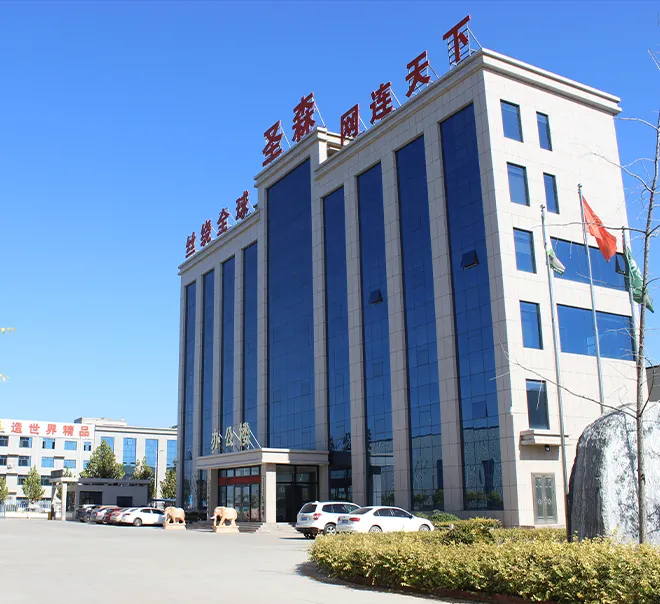-
 Phone:
Phone: -
 Email:
Email:

Versatile Uses and Benefits of Baling Wire in Various Industries
The Versatile Uses of Baling Wire An Essential Tool for Agriculture and Industry
Baling wire is an often-overlooked yet vital tool in both agriculture and various industries. It is a type of wire designed specifically for binding bales of hay, straw, cotton, and other materials. While its primary function might seem a simple task, the importance of baling wire extends far beyond just securing bales. This article explores the various applications, benefits, and the different types of baling wire available in the market.
What is Baling Wire?
Baling wire typically comes in a roll and is made from steel, providing strength and flexibility for tying bales securely. The wire is usually coated with a protective layer to prevent rusting and corrosion, which can affect its durability. Baling wire is available in various gauges, making it adaptable for different types of baling equipment and materials.
Applications in Agriculture
In the agricultural sector, baling wire is indispensable. Farmers and ranchers use it extensively for tying bales of hay and straw, ensuring that feed remains compact and easy to transport. The ability to create tightly bound bales not only helps in storage but also facilitates the efficient use of space. Properly secured bales can also prevent spoilage and waste—a critical factor for those who rely on these materials for livestock feed.
Moreover, baling wire is essential in the cotton industry, where it is used to secure cotton bales tightly for transport. Cotton, being a valuable agricultural commodity, requires careful handling, and baling wire ensures that these bales retain their shape and quantity during transit.
Industrial Applications
baling wire

Beyond agriculture, baling wire finds its place in various industrial applications. Recycling centers often use it to bundle recyclable materials like paper, cardboard, and plastics. Properly bundled materials take up less space and can be transported more efficiently. In this context, baling wire not only promotes recycling efforts but also enhances operational efficiency.
Construction sites also benefit from baling wire. It can be employed to secure materials and tools, making it easier to organize and transport items. Since it is lightweight yet strong, workers can use baling wire to create makeshift solutions for holding things together or temporarily securing structures during the building process.
Environmental Benefits
One important aspect of baling wire that deserves attention is its contribution to sustainability. In recycling and waste management, the use of baling wire reduces the volume of waste going into landfills. By bundling materials for transport, baling wire encourages the recycling of paper, metal, and plastic, which can significantly decrease environmental impact. Using steel wire also implies that it can be reused and recycled at the end of its life, further supporting eco-friendly practices.
Choosing the Right Baling Wire
When selecting baling wire, it’s essential to consider factors such as gauge, tensile strength, and coating. Thicker gauges tend to offer higher strength but may require more robust tying equipment. For applications that involve exposure to moisture or varying weather conditions, opting for galvanized steel wire with corrosion-resistant properties is advisable.
Conclusion
In conclusion, baling wire is much more than a simple binding tool. It plays a crucial role in agriculture, recycling, and various industrial applications. Its ability to securely bundle materials not only facilitates transportation and storage but also promotes sustainability through recycling efforts. As industries continue to evolve and prioritize efficiency and environmental responsibility, the versatility and utility of baling wire will undoubtedly remain significant. Whether you are a farmer, a construction worker, or involved in waste management, understanding the importance of baling wire can lead to better practices and effective solutions in your work.
-
Wire Mesh for Every Need: A Practical SolutionNewsJul.25,2025
-
Steel Fences: Durable, Secure, and Stylish OptionsNewsJul.25,2025
-
Roll Top Fencing: A Smart Solution for Safety and SecurityNewsJul.25,2025
-
Cattle Farm Fencing Solutions for Maximum SecurityNewsJul.25,2025
-
Affordable Iron Binding Wire SolutionsNewsJul.25,2025
-
Affordable Galvanized Wire SolutionsNewsJul.25,2025
-
Wire Hanger Recycling IdeasNewsJul.25,2025








